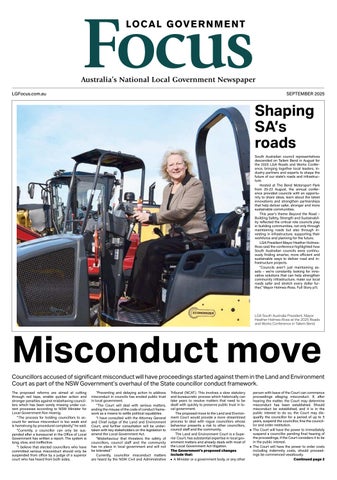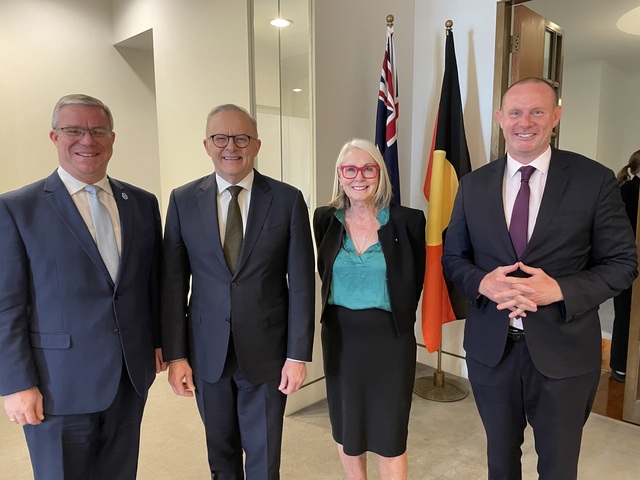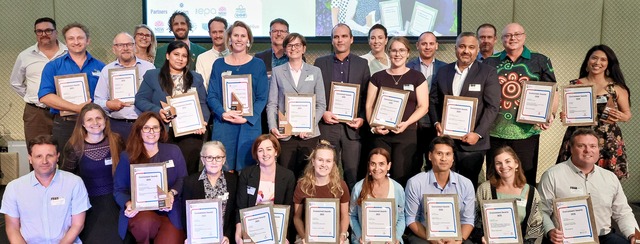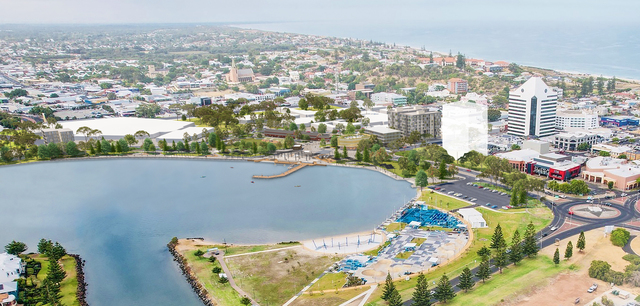A Canberra-based member of our Cockatoo Network, Chris Mackay, approached me last week railing about the lack of attention that non-urban regions get from the feds, state governments and the investment community.
His key point is that there are lots of productive investments that could be happening in the regions, but they don’t materialise due to lack of customers and the tyranny of distance. But he also honed in on the inability of councils and/or local stakeholders to:
Appreciate their location and potential attractiveness to external investors.
Develop and sustain a Unique Selling Proposition for the community – and investment projects that hang off it.
Forge links to the banks, super funds, angel investor groups, well-heeled families, investment syndicates, and wealthy individuals looking to make a play.
Chris sees a need for someone (like us!) to look clinically at the business opportunities for a region or community, and to then devise measures to bring them to reality. He says it’s about thoroughly investigating projects, crunching the numbers, and locating the pieces needed (skills, capital, management, collaborative partners) to create new productive facilities.
He stresses that it’s about focusing on private sector investors, and not competing for dwindling government grants. He says that trying to develop investment projects around government programs is an arduous and irrational way to proceed. I agree with him on this score, because bureaucrats are constrained these days on project conceptualisation and development. They can, of course, swing in once a genuine public benefit aspect has been identified, or if some red tape or roadblock needs to be removed.
Chris quotes business activities like eco-tourism, agri-tourism, horticulture, animal production and bee keeping that are ripe for development if the strategic positioning, financial evaluation, and investor functions can be improved. Indeed, we kicked the idea around further and came up with more examples of high value, employment-generating projects viz. food-wine hubs in peri-urban regions where city slickers can head on weekends; consolidation nodes for food producers; quality tourism accommodation in remote areas utilising prefabricated building technologies; multi-faceted botanical gardens; clusters of furniture manufacturers, timber producers and design expertise.
I could go on with more examples, but you get the drift. What is required for every project is a strong and sensible vision statement, and well-documented investment projects that deliver the vision. Just as important however are enough local champions and councillors committed to winning the desired outcomes. This latter area is where many projects disappear into the sand.
Anyway, Chris and I have loads of experience in this field, and we want to test the water. If you have a project going nowhere, or an idea for a project, please drop us a line.
Armidale
Deputy PM Joyce’s proposed transfer of 175 staff of the Australian Pesticides and Veterinary Medicines Authority to Armidale is copping huge flak here in Canberra. Everything is on hold until Federal Cabinet considers the cost-benefit analysis. At a whopping $272k, the analysis had better be good, because Joyce will surely have to release it at some point.
At first blush, the Canberra concern could be seen as patch protection, but the issue is more complex.
On the plus side, Armidale has the University of New England with a long history of teaching and research in animal health and welfare. New England also has substantial competitive advantages in beef, sheep, pig production and horse breeding. It thus makes sense to have the Australian Pesticides and Veterinary Medicines Authority (APVMA) in its midst, getting involved in education, research and field trials, and working with farmers, researchers and technology companies to create a vet products cluster. Could be a marvellous visionary and employment-generating project (as above).
On the negative side, Joyce has moved with undue haste. And the cost-benefit analysis should be in the public domain. Because Armidale is in his New England electorate, the accusations of pork barrelling won’t disappear. If the consultants’ report is not released, someone will leak it and Turnbull and Joyce will be on the back foot.
Addressing Sydney’s building bubble – terrace houses
The NSW government has unveiled a new draft design guide for low-rise, medium-density housing for public comment. No other state has anything of the sort.
The guide sets out design standards for terrace houses, town houses, dual occupancies and semi-detached dwellings. It has been prepared to encourage more and better-designed medium-density development.
Most new construction in NSW is freestanding houses or apartments. A government survey found that one third of folk would consider downsizing to terrace housing. Under current council zoning and planning controls, there is potential for 280,000 medium-density dwellings in Sydney – but only 5390 medium-density dwellings (10 percent of total housing) were approved in 2015-16.
As Elizabeth Farrelly (Sydney Morning Herald) notes, the “textures and rhythms of the Sydney terrace” are virtually unique, deriving almost brick-for-brick from the 1667 London Building Act, drafted after the Great Fire of 1666. This Act required all buildings to be brick or stone with fixed ratios between street width, house width and height. Elizabeth notes that New York has fine examples of terraced living. So too does Carlton, Fitzroy and Richmond. In any case, it seems like the way to go.
Attorney-General Brandis
People are trying to understand if George suffers from a Messiah Complex, given his performance at the latest Senate Hearings. There is the little-known anecdote of George travelling to Roma in western Queensland with then Treasurer, Peter Costello. They went into a pub, and George ordered a Campari and soda. He was told, “We don’t have any Campari and, hang on, we don’t have any soda.”
Rod Brown is a Canberra-based consultant and lobbyist specialising in industry/regional development, investment attraction and clusters, and accessing federal grants. He also runs the Cockatoo Network.
Phone: (02) 6231 7261 or 0412 922 559
Email: [email protected]
Blog: www.investmentinnovation.wordpress.com (750+articles)







